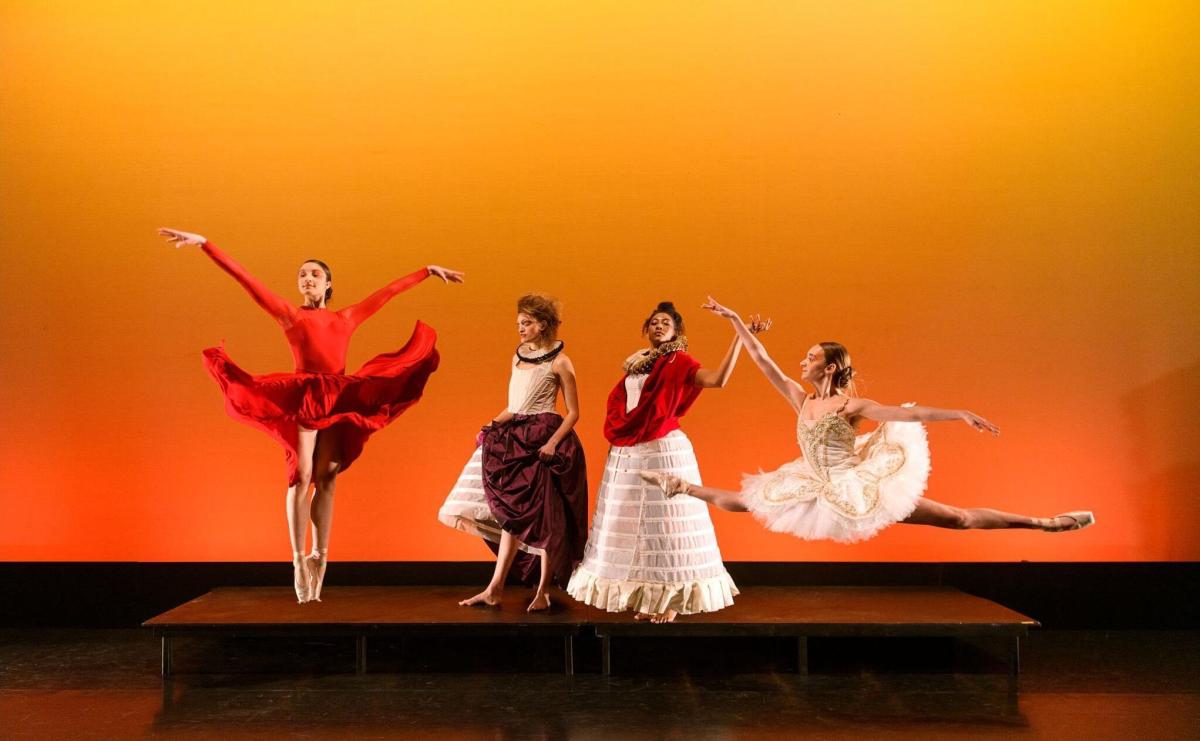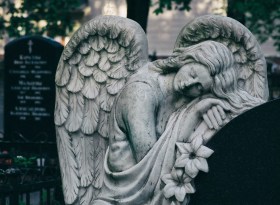‘Some of the bigger drama schools now are heading more towards an academic focus, but here at the National Theatre, we treat actor training much more like an apprenticeship,’ explained Trent Baker, the National Theatre Drama School’s Artistic Director.
Established in 1935, the National Theatre movement was established in order to nurture the talents of young Australians in the performing arts. That mission continues today at the National’s home, a 780-seat theatre in the heart of St Kilda, where drama and ballet students alike train, rehearse and socialise.
‘In the last couple of years our focus has been to ensure that we’re not just honouring the past, that we’re also looking towards the present and the future of actor [and dancer] training,’ Baker said.
Instead of an academic approach, drama students at the National Theatre participate in practical training using the Mike Alfreds’ technique, inspired by the principles of Stanislavski and Laban and focused on physical work, spontaneity and interaction.
‘There are no essays in our course, for instance, it’s all practical experience on the floor … and there’s also a heavy focus on text analysis,’ Baker explained.
All classes at the National Theatre schools are taught by experienced and passionate industry professionals, whose job is essentially ‘to make themselves redundant,’ Baker said.
‘Basically, by the end of the three years the student should be able to say, “Well, I know the stuff that you’ve taught me now, I can now move on and become a peer in the industry.” So you start seeing the students in third year, which for us is the year of preparation for industry, starting to become much more autonomous, doing much more thinking on their own feet.’
Trent Baker, the National Theatre Drama School’s Artistic Director
Damian Smith, the Artistic Director of the National Theatre Ballet School, is equally committed to training well-rounded dancers, Baker continued.
‘He’s really keen about not boxing his students into being just dancers; they also need to have acting skills, they also need to have producing skills to stage their own work as well.’
The National Theatre Ballet School and Drama School’s classes are kept deliberately small in order to ensure that students receive the teachers’ individual attention.
 Metamorphoses, 2017; photo by Sarah Walker.
Metamorphoses, 2017; photo by Sarah Walker.
‘I think some of the biggest drama schools have huge numbers in their classes; we’re talking courses where there are 40 people in a first year group, and I just don’t understand how students can get the attention – and the time on stage that they need to learn their acting skills – in classes of that size,’ Baker said.
‘And it’s the same for our ballet students – they get a lot more personal attention from their teachers.’
While each school runs separate classes, the arrival of new CEO, Sarah Hunt, has seen a greater sense of unity fostered across the National Theatre’s two schools.
‘At the moment the Drama School and the Ballet School are working more closely together, which I’m really enjoying. The students aren’t just seeing each other in the corridors and going, “whoa, who’s that?” The dance and drama students are starting to actually socialise and have some performance opportunities together.’
Auditions for entry to the National Theatre Ballet School and the National Theatre Drama School in 2022 will take place from July 2021 to December 2021.
‘We’re looking for people who are team players,’ Baker explained. ‘We’re looking for people who have a strong sense of imagination, people who are committed, and people who have a fearless sense of just throwing themselves into the work.’
Learn more about studying at the National Theatre Ballet School and Drama School.






